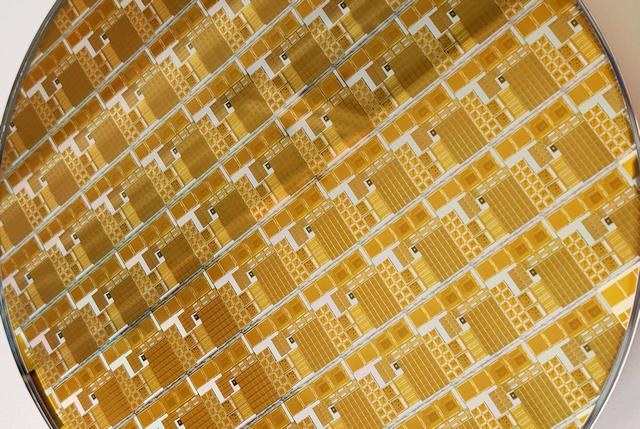A joint research laboratory between the University of Bologna and STMicroelectronics has created a new microelectronic current sensor that can achieve a response time 20 times faster than devices currently on the market. This technology could be applied in the renewable energy and electric car sectors for higher energy efficiency, and more broadly, it could support the intelligent monitoring of energy consumption, thus resulting in energy savings and the consequent reduction in greenhouse-gas emissions.
The initiative is part of the European PROGRESSUS project, which involves the University of Bologna, the National Interuniversity Consortium for Nanoelectronics, and STMicroelectronics. The project is funded by the ECSEL Joint Undertaking (grant agreement No 876868), the Italian Ministry of University and Research, and Germany, Slovakia, Netherlands, and Spain. It involves 22 partners including leading European universities and companies operating in the semiconductor, power electronics, and energy sectors. The aim of the PROGRESSUS project is to develop energy-efficient and highly secure electronic components and systems to be deployed in the power-distribution networks of the future that will underpin the energy transition.
"One of the challenges for electrification based on smart grids and renewable resources is the creation of electronic components and systems that efficiently support complex energy and information transfers and that can be used, for example, in electric vehicles, and in our homes," explains Aldo Romani, professor of the Advanced Research Center on Electronic System "Ercole De Castro" of the University of Bologna and local scientific coordinator of the project. "In order to face the challenge of miniaturization in these sectors, it is vital to develop electronic components for transferring and monitoring energy that can operate at increasingly higher switching frequencies, i.e. faster: in this way, smaller and lighter components can be used."
Hall effect current sensors are devices designed to measure electric current by using the magnetic effects produced by the current. The magnetic field associated with an electric current can change the motion and concentration of electrons in a microelectronic sensor placed nearby. These devices are commonly used in a number of applications. These include protecting circuits from possible damage due to a power surge, with major implications for the life of electric batteries, and also monitoring energy consumption and improving the performance of electrical systems.
Today the most common type of Hall effect sensor deploys a technique based on several consecutive measurements, which increases the accuracy of the device but slows down its performance. However, new technologies require current sensors to work every time faster.
The innovative efforts of the joint research lab between the University of Bologna and STMicroelectronics move precisely towards this goal. The new microelectronic design and its new measurement technique allow this new sensor to bypass the consecutive measurements and thus achieve a response time 20 times faster (on the order of 50 nanoseconds).
"Instead of measuring the voltage that builds up at the edges of the sensor due to the Hall effect, we try to nullify that voltage by taking the electrical charges that accumulate in the sensor and 'counting' them: this removes the effects slowing down the system and linked to the electrical charge build-up," explains Marco Crescentini, a researcher at the University of Bologna and responsible for the development of the new sensor.
The new device targets important applications in the renewable energy and automotive sectors which may help in the development of increasingly efficient and intelligent energy-conversion systems. But there is more: it can also be used as a safety system as its high speed makes it possible to detect the presence of excessive currents and prevent serious damage to electrical circuits in a timely manner. Moreover, by coupling the sensor with machine-learning techniques, it is possible to realize a system connected to a single entry point of an electrical grid (e.g. the main switchboard of a house) that can detect the consumption of various electrical loads and differentiate between them, thus starting to create ever simpler and cheaper energy-monitoring systems.


